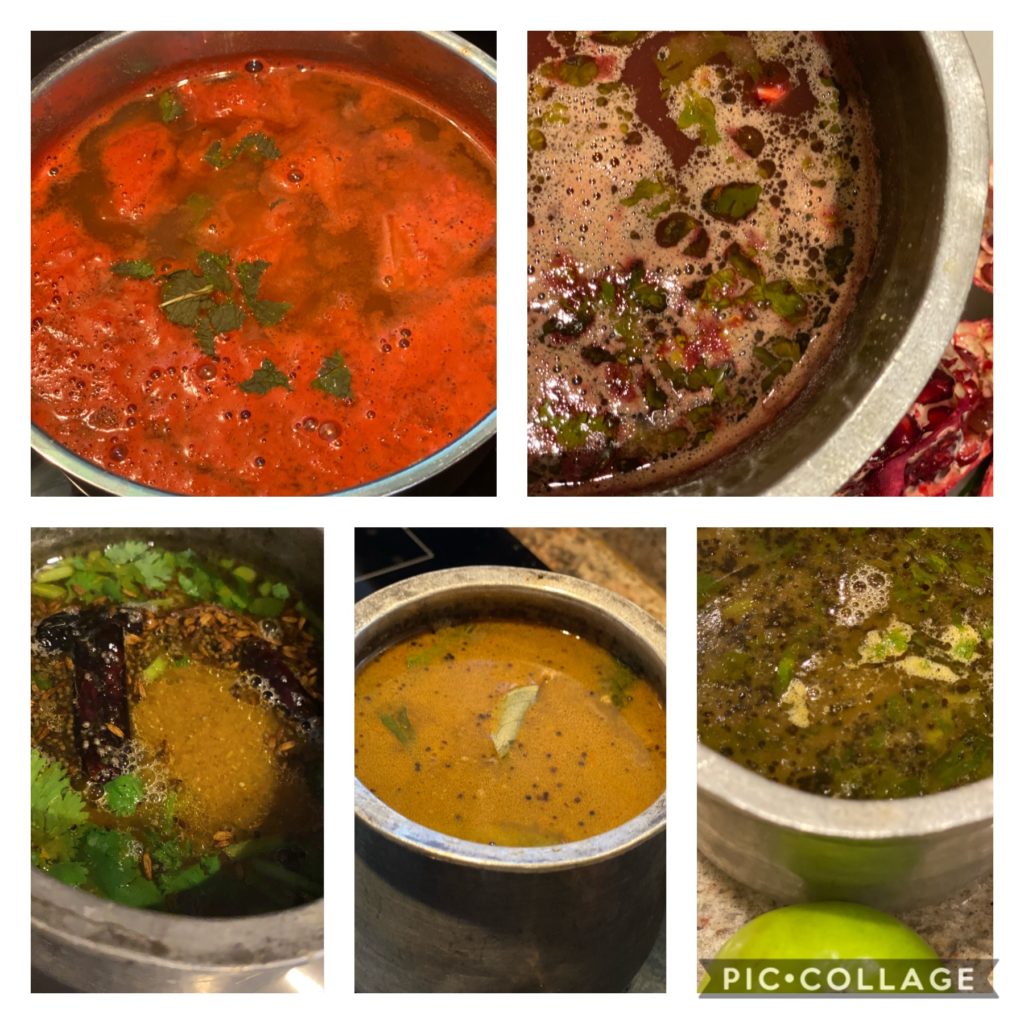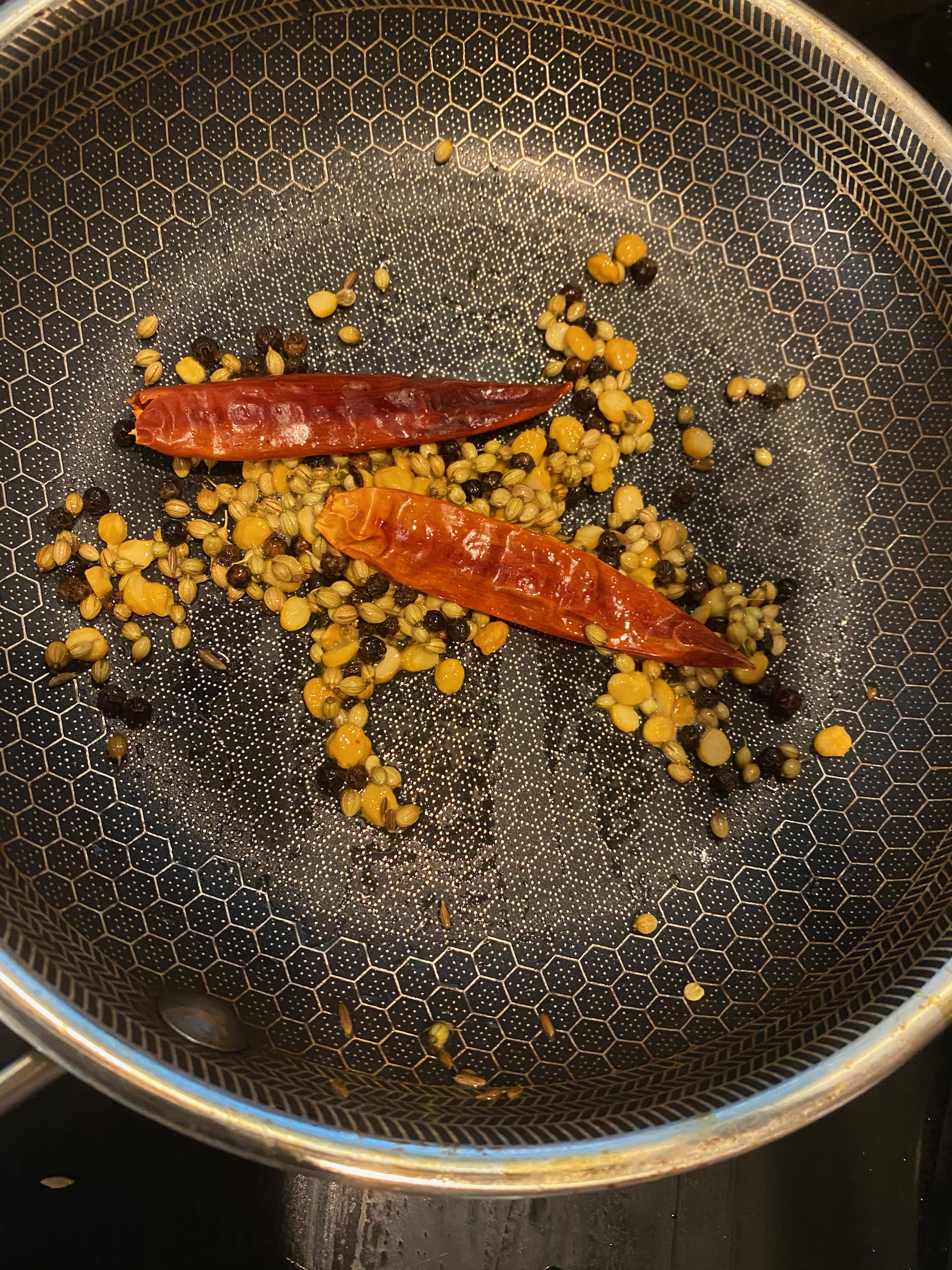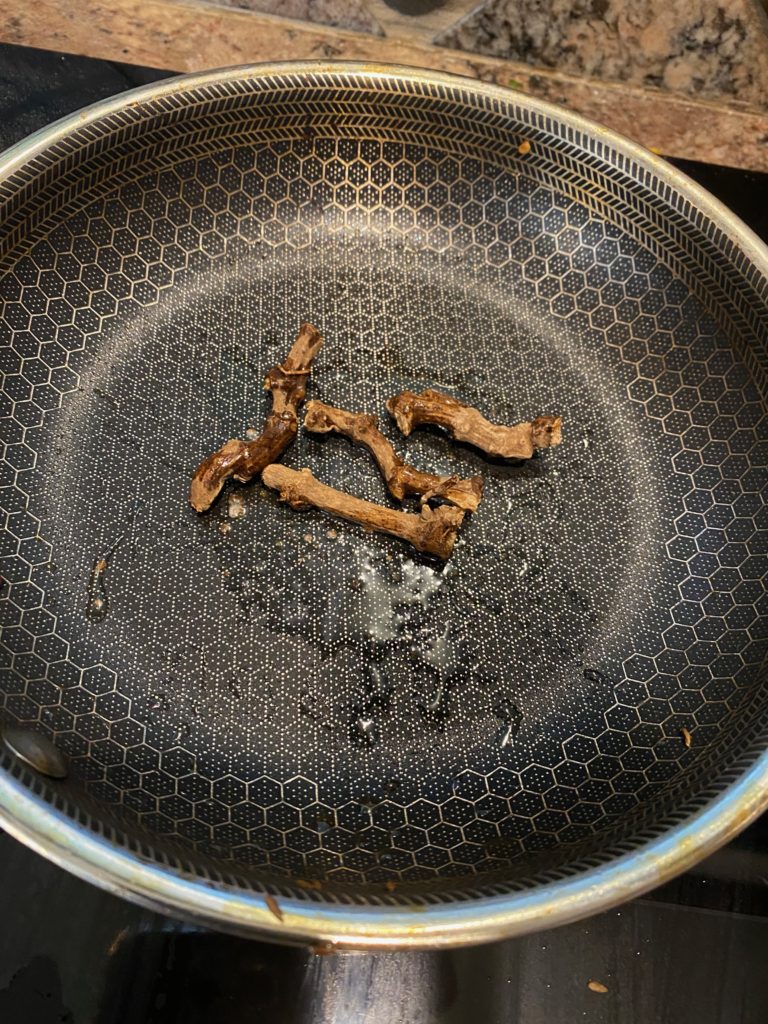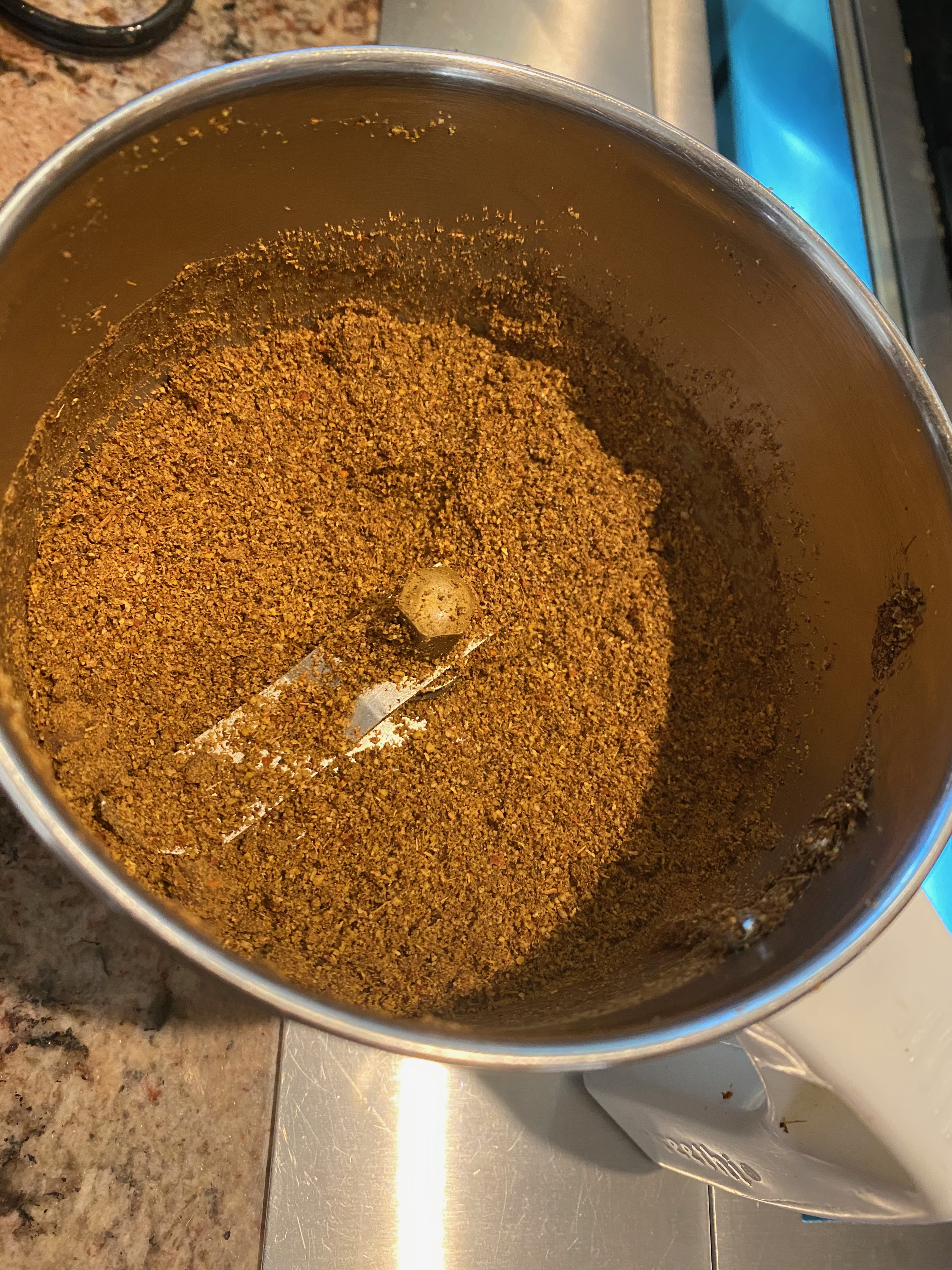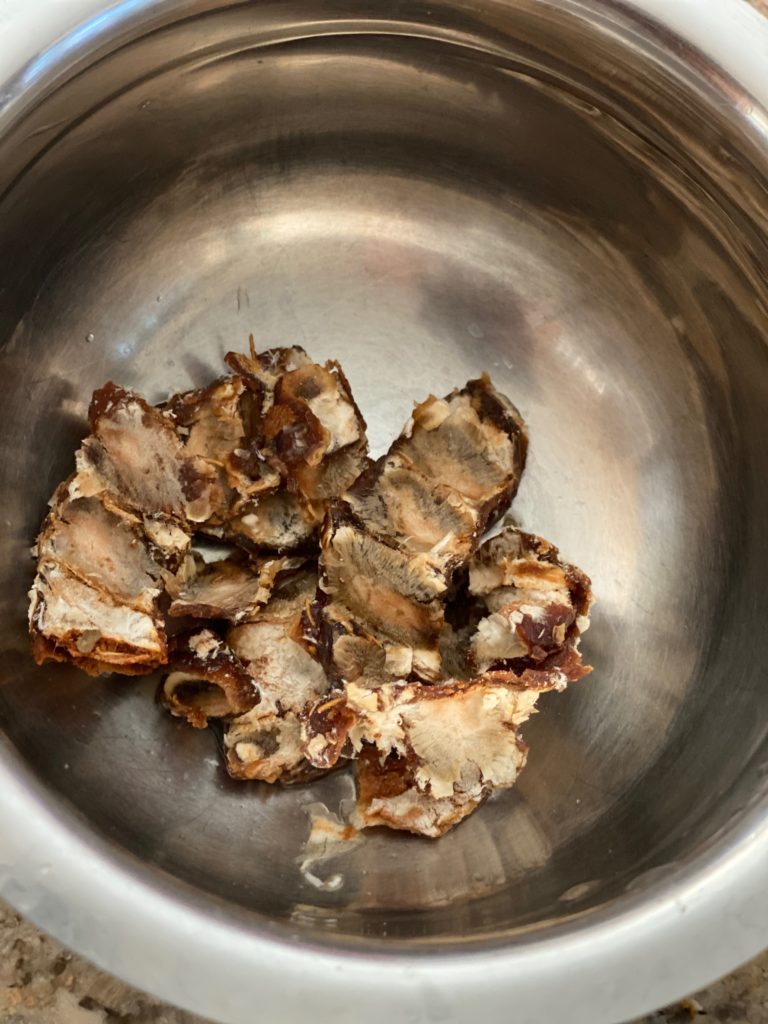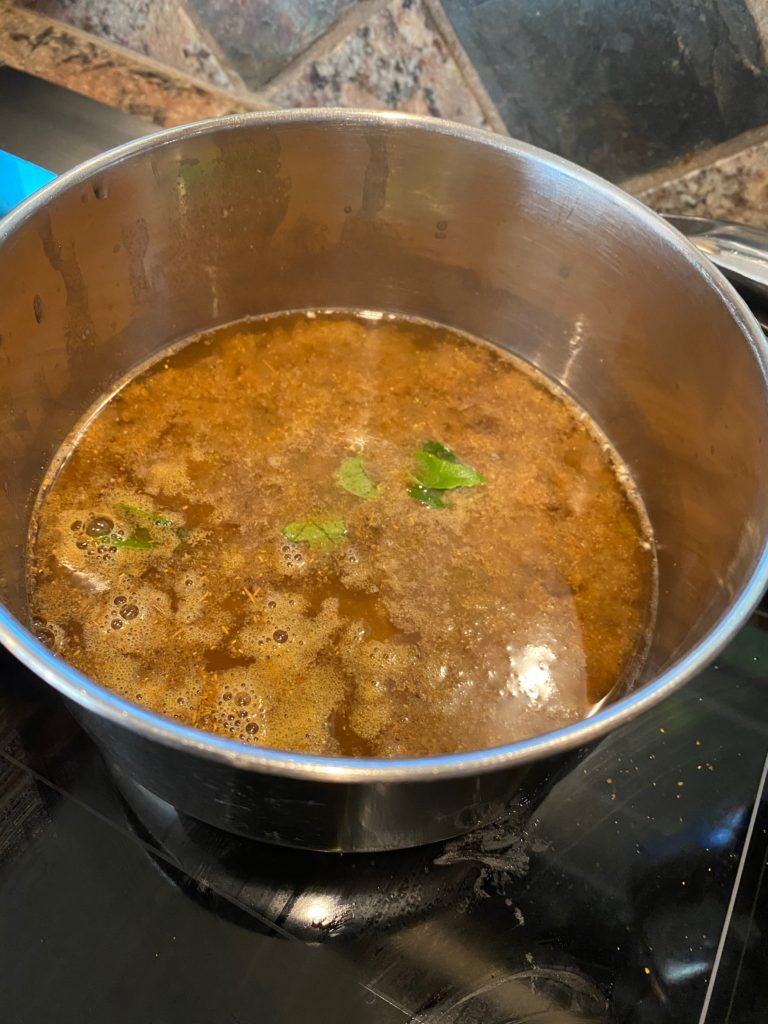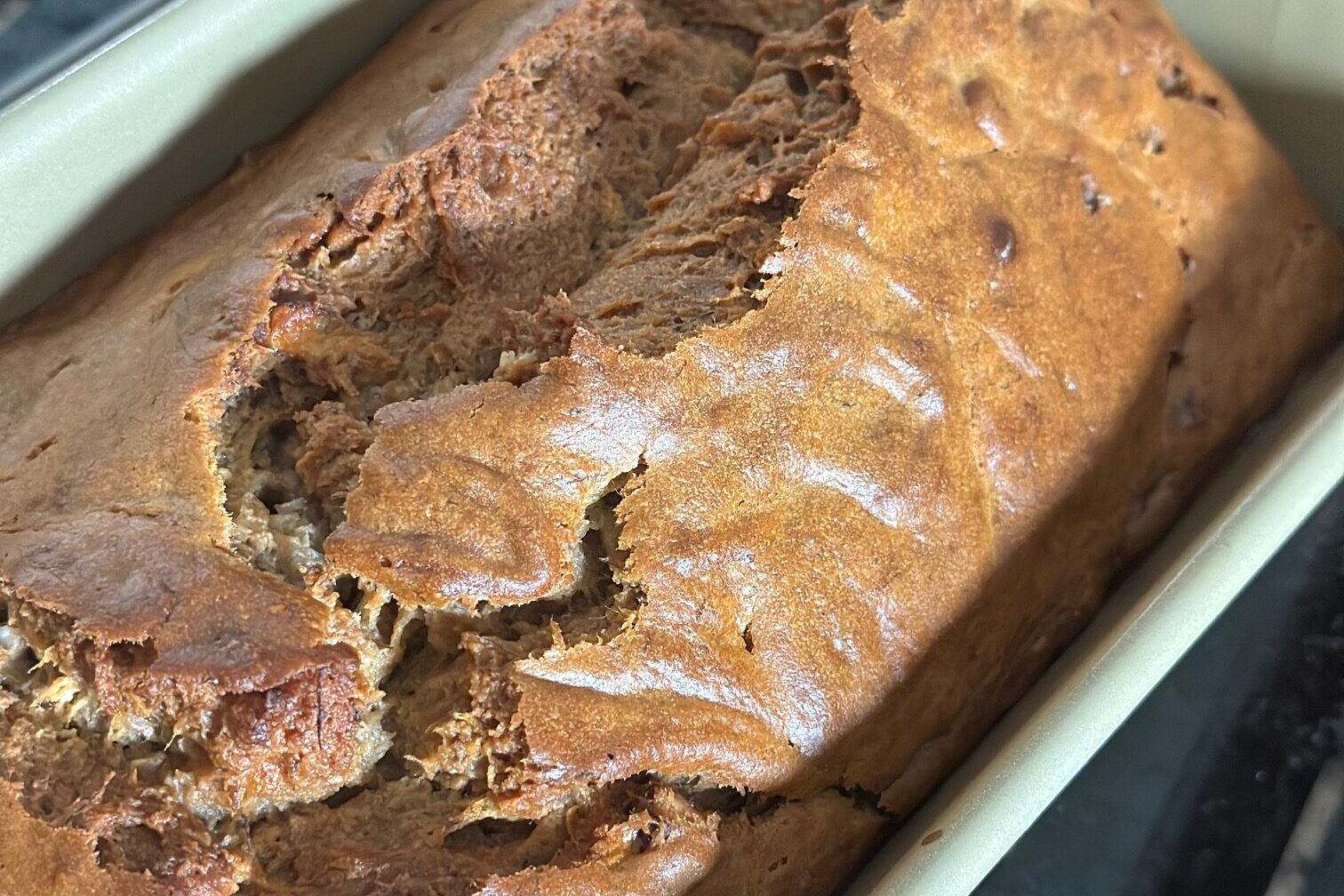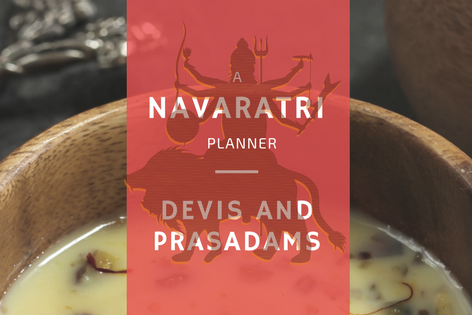Contributed by Sumathi Vaidyanathan for Sumathi’s Medley.
A broth for all occasions – it is hard to beat the rasam for versatility.
Rasam, that tart, thin staple of South Indian vegetarian meals, is having a moment, thanks to the Covid-19 outbreak. As the virus spread, so did the advice to load up on the broth although what it was that made the rasam so potent against the virus was never very clear.
The anti-inflammatory properties of rasam’s key ingredients such as black pepper and turmeric, especially when used in combination, are generally accepted. Growing up in a South Indian vegetarian family, I was familiar with rasam not just as the second course of a meal but also as food for the sick and the newly recovered. It was mixed with some boiled, mashed rice to make a thin porridge, which, my grandfather said, would be easily digested.
But to focus on the therapeutic properties of the rasam is to miss its finest point – its pliancy.
Decades ago, when I started demonstrating the preparation of a South Indian meal to some friends, the rasam was not so well received. Some disdained it as an afterthought, a way to use up ingredients leftover from cooking other components of the menu.
There is some truth to this observation although it applies to only a tiny fraction of the rasam universe. The everyday tomato rasam in Tamil homes includes tamarind extract and a small amount of cooked pigeon peas, both of which are also used to make the sambar, the first course. However, there are hundreds of other variants and for the innovative cook, the basic brew offers endless scope for experiment.
Like many other Indian dishes, the origins of rasam are shrouded in folklore.
- The name echoes the Sanskrit word “rasa” meaning essence and is mostly used in Tamil Nadu, home to the Tamils. It goes by other names in other South Indian languages although the meaning is unchanged. In Kannada, it is called “saaru” while in Telugu it is referred to as “chaaru.”
- One story traces the origins of rasam to the ancient southern city of Madurai in the 14th century when the Pandya kings ruled the region. A young royal, it is said, fell gravely ill and the court announced a reward for anyone who could come up with a cure. A priest succeeded with a broth that he made by boiling ingredients such as turmeric, black pepper, curry leaves, vegetables, and lime. Thus was born the rasam and its reputation as a curative.
- A more intriguing tale credits the creation of rasam to a wandering vegetarian Brahmin in China. Unable to find any food that did not contain meat, he delved into his stash of dried tamarind and other spices and came up with a watery soup that is said to have had the Chinese ruler – and his court – in raptures. (antiserious.com)
There is, of course, no way to establish the truth of any part of these stories – they find no mention in any text.
But it is almost certain that the earliest versions of rasam used tamarind as a base with black pepper adding the heat. The tomato did not come to India until the 16th century via the Portuguese and was commonly cultivated only much later.
In his book “Indian Food – A Historical Companion,” – food historian K. T. Achaya refers to an early description of the rasam by Niccolao Manucci, a Venetian who lived in India from around 1650 AD and penned a memoir of his travels through the subcontinent. Describing the meal of the South Indians, Manucci wrote that “with their meals, they sup a concoction, which is some water boiled with pepper.”
The more popular adaptations of this brew have since come to be identified by state, community, or even the star ingredient. The Mysore rasam, named after the city, is defined by its use of coconut while the ulava charu, traditional to the Telugu-speaking people of Andhra Pradesh, is enriched with horse gram.
My grandmother had a repertoire of therapeutic rasams that replaced the standard version when one of us had an irritated throat or an upset stomach. These are closest to the original broth of centuries ago in that they excluded tomatoes and leaned on tamarind and a root or herb instead. There was the kandathippili or long pepper rasam, with its mellow heat and the vepamboo or dried neem flower rasam with a faint bitterness, which gave it niche appeal.
Despite its predominantly vegetarian identity, there are rasam variants that include meat. The mulligatawny, which means pepper water in Tamil, was born in colonial times as Indian cooks bulked up the recipe with vegetables and meat to create a hearty soup for their English masters.
The Chettiars, a mercantile community concentrated in and around Karaikkudi in Tamil Nadu, are renowned for their crab rasam. The influence of the Chettiars is perceptible in Southeast Asia and crab rasam remains a mainstay of the menu of some South Indian restaurants in the region.
At Thevar, an eponymous Singapore restaurant that describes itself as a modern Indian grill and bar, the menu features a rasam granita served over American oysters, a clever pairing of the spicy, sour slush with the briny mollusk.
If you’d like to know more about the rasam’s extraordinary range, watch out for Usha Prabhakaran’s upcoming Rasam Digest, said to contain 1,000 recipes. Prabhakaran, a retired lawyer in Chennai, is known for her Pickle Digest, which she self-published in 1998.
Meanwhile, here is a family recipe for kandathippili, or long pepper, rasam. For other rasam recipes like garlic rasam, lemon rasam go here. And some unconventional ingredients like pomegranate rasam recipe here.
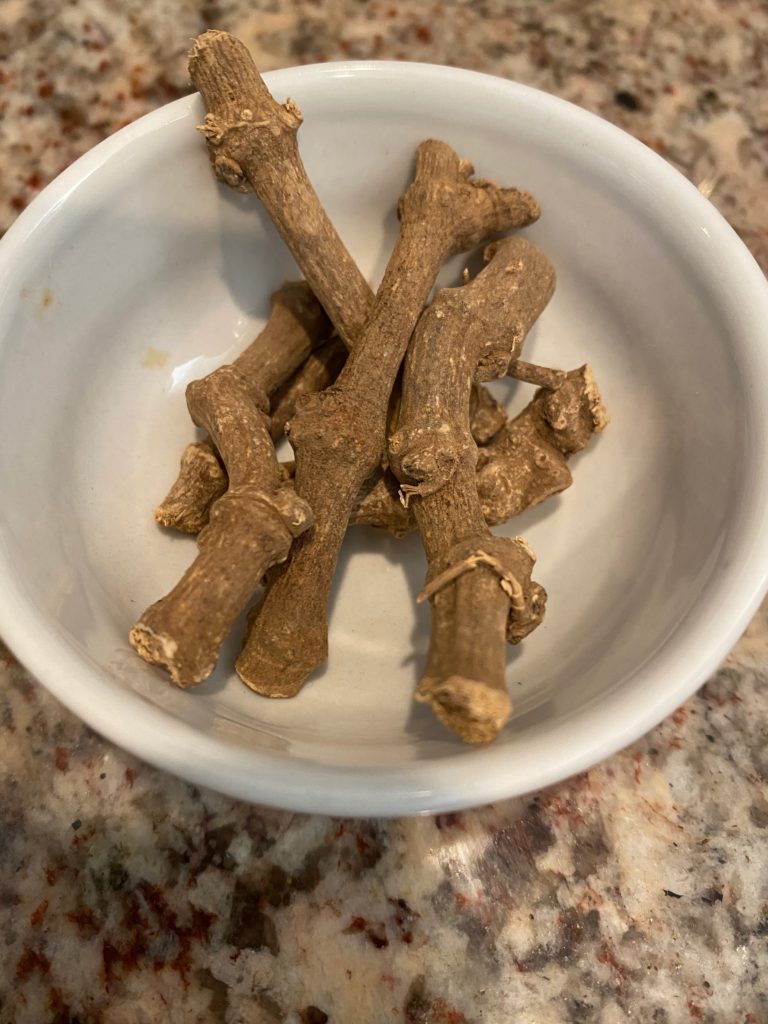
The piper longum – to use the long pepper’s botanical name – is a flowering vine native to India. It was popular as a spice in Europe until it was displaced by its cheaper and more abundantly available black cousin. The Tamil word for pepper is thippili while kanda means root. So, the kandathippili rasam uses the root of the plant. Incidentally, the Sanskrit word for long pepper is pippali – the root for the English word pepper.
Besides India, long pepper is also grown in Indonesia and is a lot easier to get today, thanks to Amazon and ethnic grocers.
Connoisseurs still consider the long pepper to be superior to the black pepper in its complexity and somewhat subtle heat. Considered a rejuvenative, it is a common ingredient in Ayurvedic medicine. As a home remedy, long pepper is used to manage indigestion, infections, and diabetes, among others.
HOW TO MAKE KANDATHIPPILI RASAM
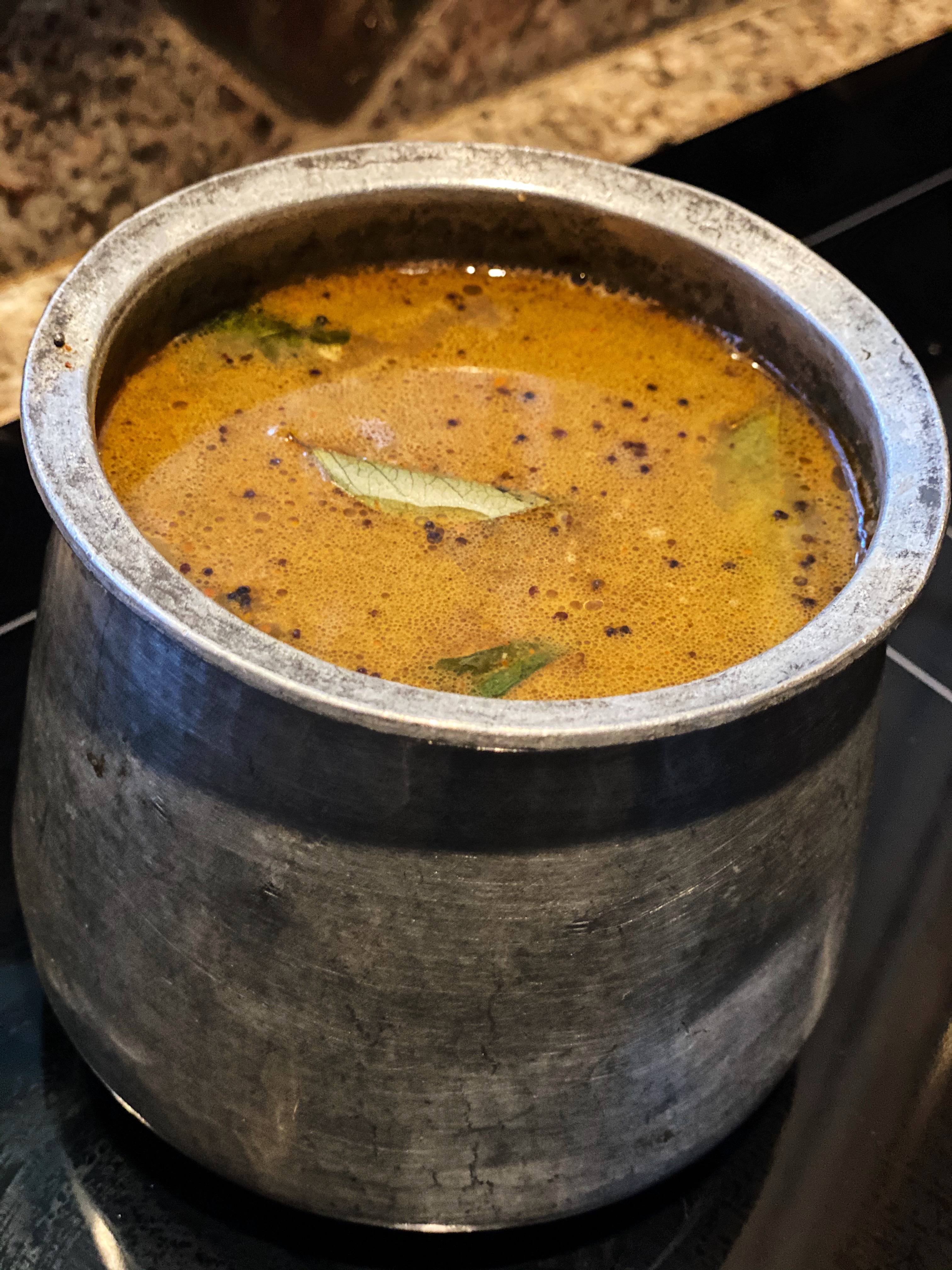
Ingredients (Makes four cups or a liter)
- Lime sized ball of tamarind (or 2 tsp tamarind paste)
- Curry leaves
- Asafoetida – a pinch (optional)
- Salt to taste
Ingredients to be fried and made into a powder:
- 1 tsp ghee or oil
- 2 tsp coriander seeds
- 1 tsp Bengal gram (chana dal)
- 1 tsp cumin seeds
- 4 dried red chillies or to taste
- 1 tsp black pepper
- Long pepper – 3-4 sticks
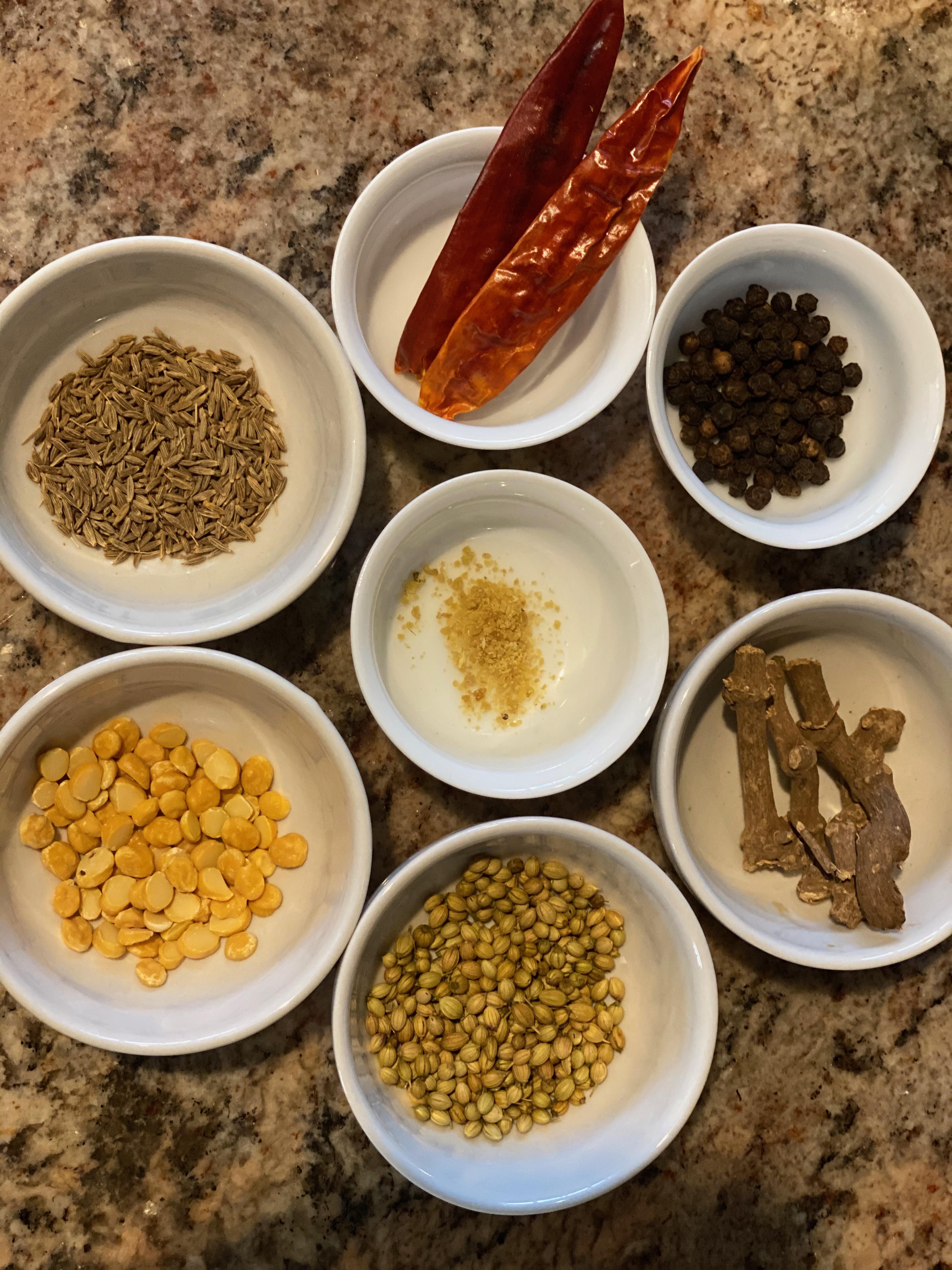
For tempering
- 2 tsp ghee or oil
- 1 tsp mustard seeds.
- Curry leaves
Method:
- In a small pan, heat the ghee, add all the ingredients for the powder and fry until the lentils are slightly golden. Powder the mix and set aside.
- Soak tamarind in a cup of warm water and strain the extract. Alternatively use tamarind paste and mix with water. Add water to bring it up to 2-3 cups, add asafoetida if using, a few curry leaves and salt to taste.
- Add the powder. Boil until it is reduced to half or the raw taste of the tamarind and powder disappears.
- Add water to replace it to required quantity and bring it to boil again.
- Remove it from the fire.
- To temper, heat the ghee to smoking.
- Add mustard seeds and curry leaves and wait for the popping to subside. Pour it over the rasam.
- Enjoy with rice and ghee or as a soup.


